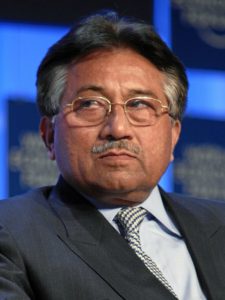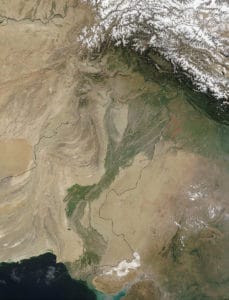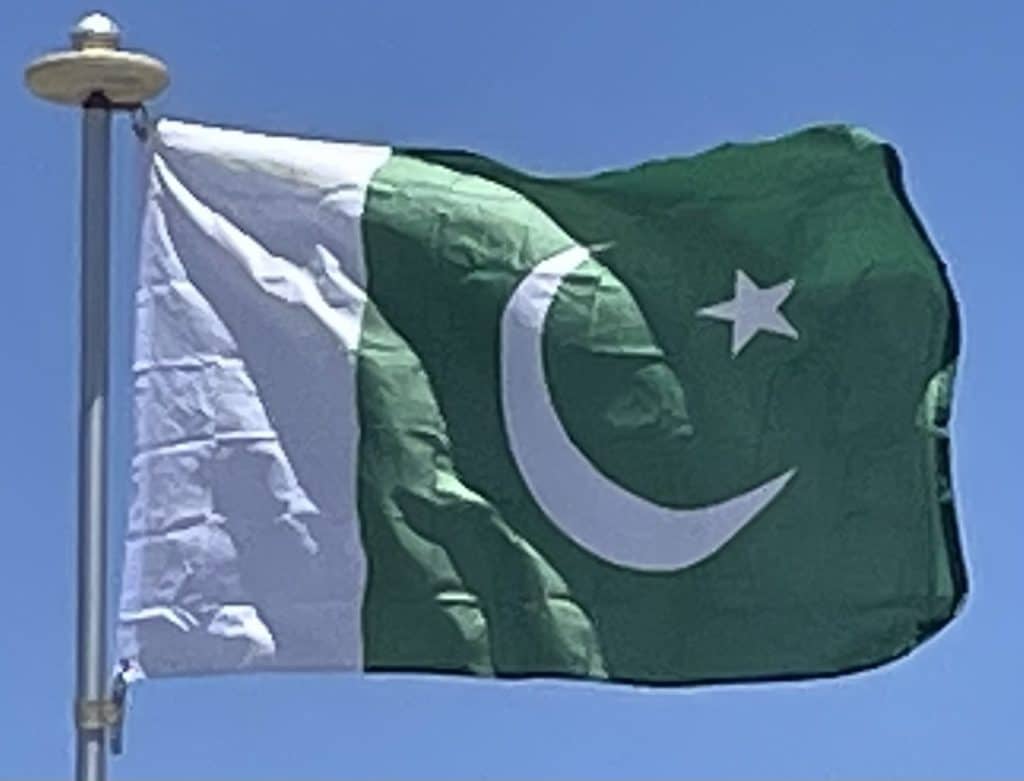Military tension between the two countries in the Kargil district led to the Kargil War of 1999, and turmoil in civic-military relations allowed General Pervez Musharraf to take over through a bloodless coup d’état. Musharraf governed Pakistan as chief executive from 1999 to 2001 and as President from 2001 to 2008—a period of enlightenment, social liberalism, extensive economic reforms, and direct involvement in the US-led war on terrorism. When the National Assembly historically completed its first full five-year term on 15 November 2007, the new elections were called by the Election Commission.

After the assassination of Benazir Bhutto in 2007, the PPP secured the most votes in the elections of 2008, appointing party member Yousaf Raza Gillani as Prime Minister. Threatened with impeachment, President Musharraf resigned on 18 August 2008, and was succeeded by Asif Ali Zardari. The general election held in 2013 saw the PML (N) almost achieve a supermajority, following which Nawaz Sharif was elected as the Prime Minister, returning to the post for the third time in fourteen years, in a democratic transition. In 2018, Imran Khan (the chairman of PTI) won the 2018 Pakistan general election with 116 general seats and became the 22nd Prime Minister of Pakistan in election of National Assembly of Pakistan for Prime Minister by getting 176 votes against Shehbaz Sharif (the chairman of PML (N)) who got 96 votes.
Geography:
Pakistan covers an area of 881,913 km2 (340,509 sq mi), approximately equal to the combined land areas of France and the United Kingdom. Pakistan has a 1,046 km (650 mi) coastline along the Arabian Sea and the Gulf of Oman in the south and land borders of 6,774 km (4,209 mi) in total: 2,430 km (1,510 mi) with Afghanistan, 523 km (325 mi) with China, 2,912 km (1,809 mi) with India and 909 km (565 mi) with Iran. It shares a marine border with Oman, and is separated from Tajikistan by the cold, narrow Wakhan Corridor. Pakistan occupies a geopolitically important location at the crossroads of South Asia, the Middle East, and Central Asia.

Pakistan is divided into three major geographic areas: the northern highlands, the Indus River plain, and the Balochistan Plateau. The northern highlands contain the Karakoram, Hindu Kush, and Pamir mountain ranges, which contain some of the world’s highest peaks, including five of the fourteen eight-thousanders (mountain peaks over 8,000 metres or 26,250 feet), which attract adventurers and mountaineers from all over the world, notably K2 (8,611 m or 28,251 ft) and Nanga Parbat (8,126 m or 26,660 ft). The Balochistan Plateau lies in the west and the Thar Desert in the east. The 1,609 km (1,000 mi) Indus River and its tributaries flow through the country from the Kashmir region to the Arabian Sea. There is an expanse of alluvial plains along it in the Punjab and Sindh.
Economy:
Pakistan is considered a developing country and is one of the Next Eleven, a group of eleven countries that, along with the BRICs, have a high potential to become the world’s largest economies in the 21st century. The economy is considered to be semi-industrialized, with centers of growth along the Indus River. The diversified economies of Karachi and Punjab’s urban centers coexist with less-developed areas in other parts of the country, particularly in Balochistan.
